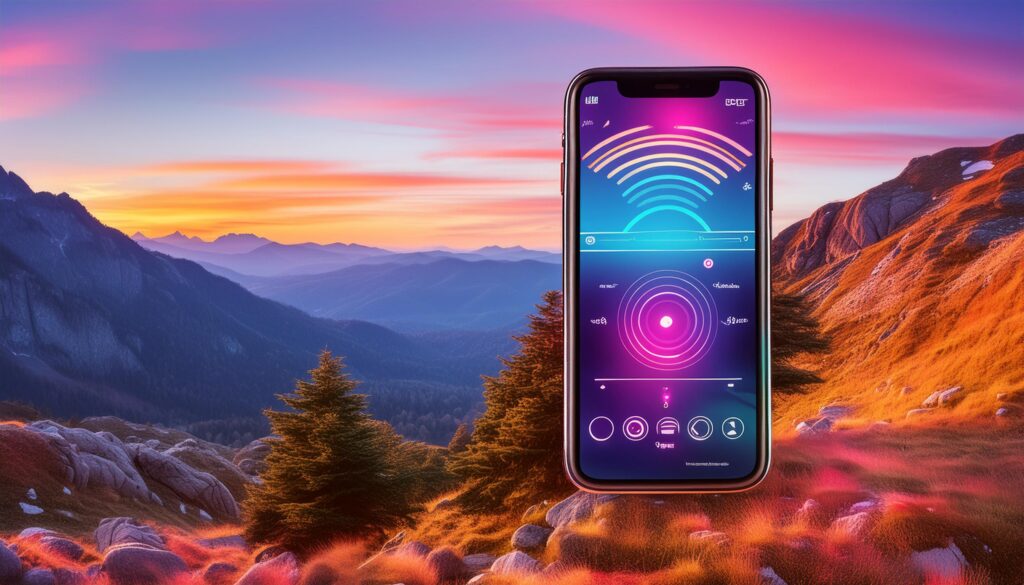
In an era dominated by streaming services and digital content, the FM radio feature on smartphones might seem like a relic of the past. However, it remains a valuable and often underappreciated functionality that offers several advantages to users. Let’s delve into the world of phone FM radio, exploring its features, benefits, and how you can make the most of this technology.
Understanding Phone FM Radio
What is Phone FM Radio?
Phone FM radio refers to the built-in capability of smartphones to receive FM radio signals. Unlike streaming services that require internet connectivity, FM radio operates over traditional radio frequencies, allowing users to tune in to local radio stations without using data or consuming battery power excessively.
Features of Phone FM Radio
- Offline Access: FM radio does not require an internet connection, making it accessible even in areas with poor or no cellular coverage. This is particularly useful during emergencies or in remote locations where internet access may be limited.
- Battery Efficiency: Listening to FM radio consumes significantly less battery power compared to streaming music over the internet. This can extend the battery life of your phone, making it a practical choice for long journeys or outdoor activities.
- Real-Time Broadcasts: FM radio provides real-time broadcasts of news, music, talk shows, and more, directly from local stations. This immediacy and local relevance can enhance your listening experience, especially for news updates and live events.
- Simple Interface: Most smartphone FM radio apps feature a straightforward interface with easy-to-use controls for tuning, scanning for stations, and saving favorites. This simplicity ensures that users can quickly navigate and enjoy their preferred radio stations.
Benefits of Using Phone FM Radio
- Cost-Efficiency: Accessing FM radio is free of charge, unlike subscription-based streaming services. This makes it a cost-effective option for users who want to enjoy music and broadcasts without additional expenses.
- Emergency Alerts: FM radio can serve as a critical tool during emergencies by broadcasting local alerts and updates, including weather warnings and public safety announcements. Its reliability in emergency situations underscores its importance as a communication tool.
- Cultural and Local Content: FM radio often features local music, cultural programs, and community news that may not be available through global streaming platforms. This diversity of content celebrates local culture and connects listeners to their community.
How to Use Phone FM Radio
Using FM radio on your smartphone is straightforward:
- Activate the FM Radio App: Some smartphones come with a pre-installed FM radio app, while others may require downloading one from the app store.
- Connect Wired Headphones: FM radio reception often requires wired headphones to act as an antenna. Plug in your headphones to improve signal reception.
- Scan and Tune: Open the app, scan for available stations, and tune in to your desired frequency. Save favorite stations for quick access in the future.
Conclusion
Phone FM radio continues to offer a valuable alternative to streaming services, combining convenience, cost-efficiency, and reliable access to local broadcasts. Whether you’re interested in staying informed with real-time news updates, enjoying local music, or simply conserving battery life, the FM radio feature on smartphones remains a versatile and practical choice. Embrace this timeless technology to enhance your mobile experience without relying solely on internet connectivity. For more insights into smartphone features and capabilities, stay tuned to our latest articles.